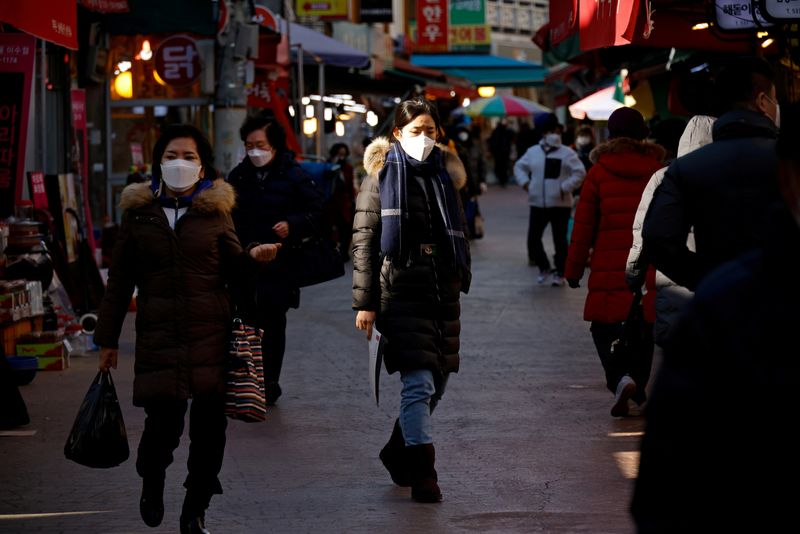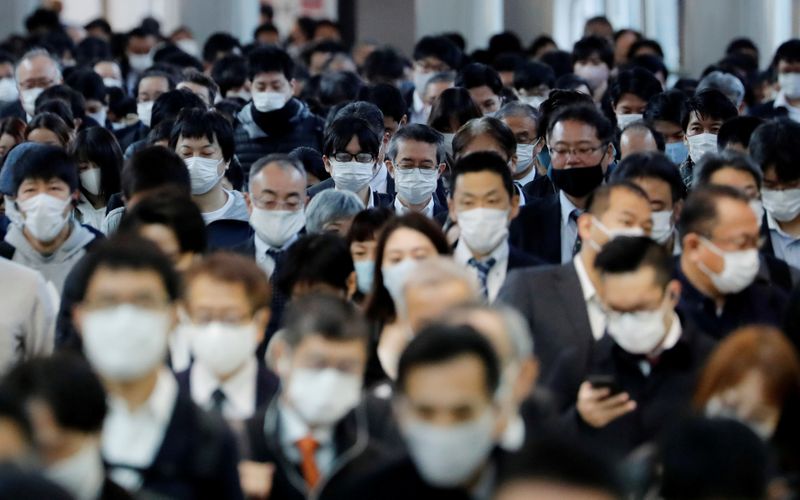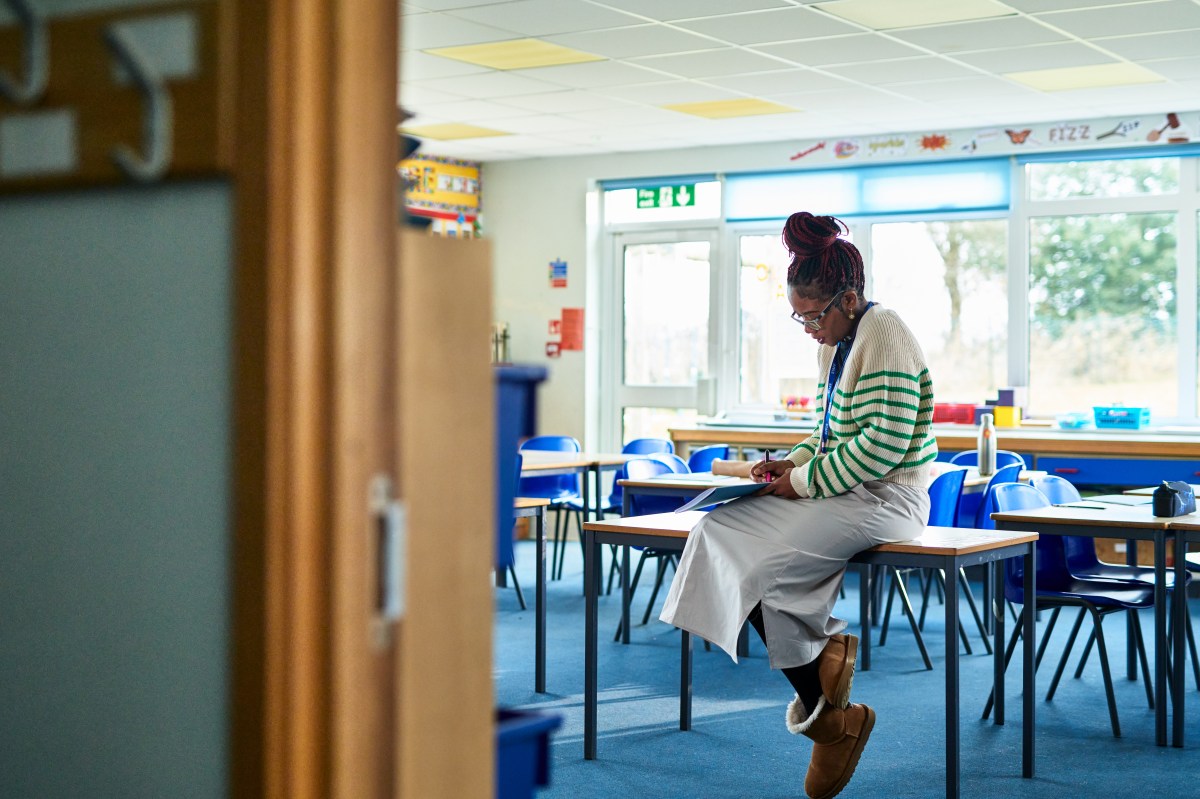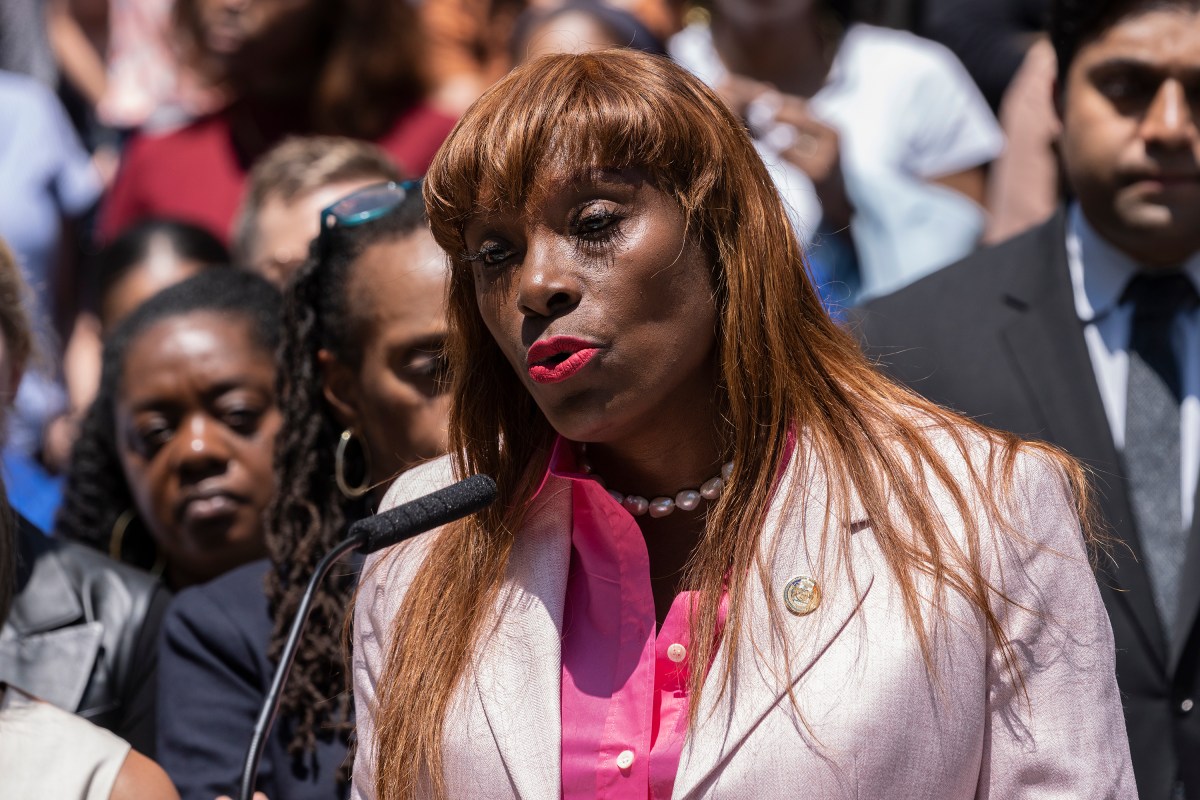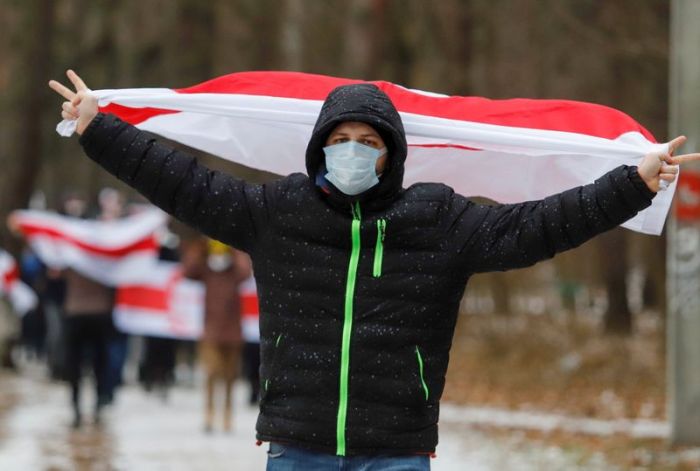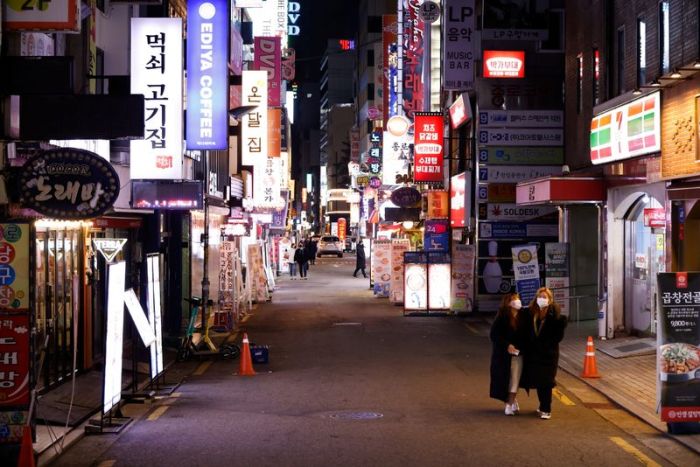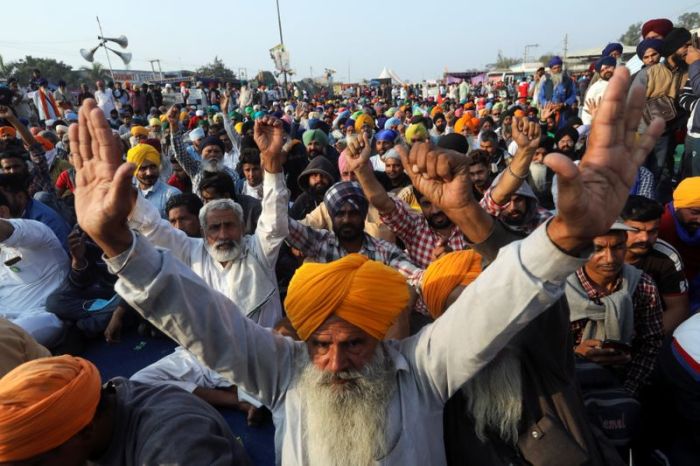TOKYO/SEOUL (Reuters) – Japan and South Korea grappled with surging coronavirus cases and growing public frustration on Monday, with Japan suspending a contentious travel subsidy programme and South Korea closing some schools and considering its toughest curbs yet.
Japan reported more than 3,000 new cases on Saturday, yet another record as winter set in, with infections worsening in Tokyo, the northern island of Hokkaido and the city of Osaka.
But Japan, with a focus on the economic costs, has steered clear of tough lockdowns. It tackled its first wave of infections in the spring by asking people to refrain from going out and for businesses to close or curtail operating hours.
The government also launched a subidy programme called “Go To Travel” to encourage domestic tourism and support businesses but critics said encouraging people to travel had helped spread infections.
Prime Minister Yoshihide Suga had ruled out halting the programme, citing economic considerations, but that changed after weekend polls showed his support being eroded over his handling of the pandemic.
The programme would be suspended nationwide for two weeks from Dec. 28, media reported.
Across the sea in South Korea, President Moon Jae-in also faces sliding ratings as clusters of new infections fuel criticism over what many see as slack containment.
Moon has warned of the possibility more stringent curbs.
“Our back is against the wall,” he said. “This is a crucial moment to devote all our virus control capabilities and administrative power to stopping the coronavirus.”
South Korea reported a new daily record of 1,030 infections on Sunday, a big worry for a country for months held up as a mitigation success story but still a fraction of the tallies being seen in some European countries and the United States, where vaccines are being rolled out.
Few Asian countries expect to get significant amounts of coronavirus vaccines in coming weeks as they manage distribution schedules, allow time to check for any inoculation side effects elsewhere or run their own late-stage trials.
Instead, they are counting on the methods that have largely kept infections in check for months – ahead of the curve testing, stringent travel curbs, strict social distancing and masks.
SOME GOOD NEWS
China, for instance, where the virus emerged almost a year ago, has managed to limit new cases with tough, sweeping action.
It locked down an area of more than 250,000 people after half a dozen cases were confirmed near the Russian border in the province of Heilongjiang, the Associated Press reported on Monday.
Singapore, which has reported only a handful of local cases over the past two months, said it was easing restrictions and would soon allow up to eight people to gather. It also approved Pfizer-BioNTech’s vaccine and said it expected its first shots by the end of the month.
New Zealand, which has been particularly successful in tackling the pandemic, said it had agreed to open a “travel bubble” with Australia in the first quarter of 2021.
South Korea ordered schools to close in its capital, Seoul, and surrounding areas and warned that restrictions may be raised to the highest Phase 3 level, which would essentially mean a lockdown for the first time in Asia’s fourth-largest economy.
Last month, the government banned year-end parties and it has ramped up testing to more than 22,000 people a day, compared with about 16,000 a day in September.
In Japan, which is hoping to stage the postponed summer Olympics next year, testing has remained relatively low, peaking at about 50,000 in one day recently. Testing in Tokyo, which has the capacity for more than 60,000, is now about 9,000 a day.
“Whether a country or region is doing enough testing should be assessed based on the positivity rate and not on the number of tests,” said Fumie Sakamoto, infection control manager at the St Luke’s International Hospital in Tokyo.
“The positivity rate for Tokyo is now over 6%, so we should be doing a bit more testing to bring the number down.”
<^^^^^^^^^^^^^^^^^^^^^^^^^^^^^^^^^^^^^^^^^^^^^^^^^^^^^^^^^^^
FACTBOX-When and which COVID-19 vaccines are likely to be available in Asia
FACTBOX-Worldwide coronavirus cases cross 71.12 million, death toll at 1,608,412
Interactive graphic tracking global spread of coronavirus (open in external browser) https://tmsnrt.rs/2FThSv7
Case tracker for Eikon users https://apac1.apps.cp.thomsonreuters.com/cms/?navid=1063154666
^^^^^^^^^^^^^^^^^^^^^^^^^^^^^^^^^^^^^^^^^^^^^^^^^^^^^^^^^^^>
(Reporting by Rocky Swift in Tokyo and Sangmi Cha in Seoul; Writing by Sayantani Ghosh in Singapore; Editing by Robert Birsel)

